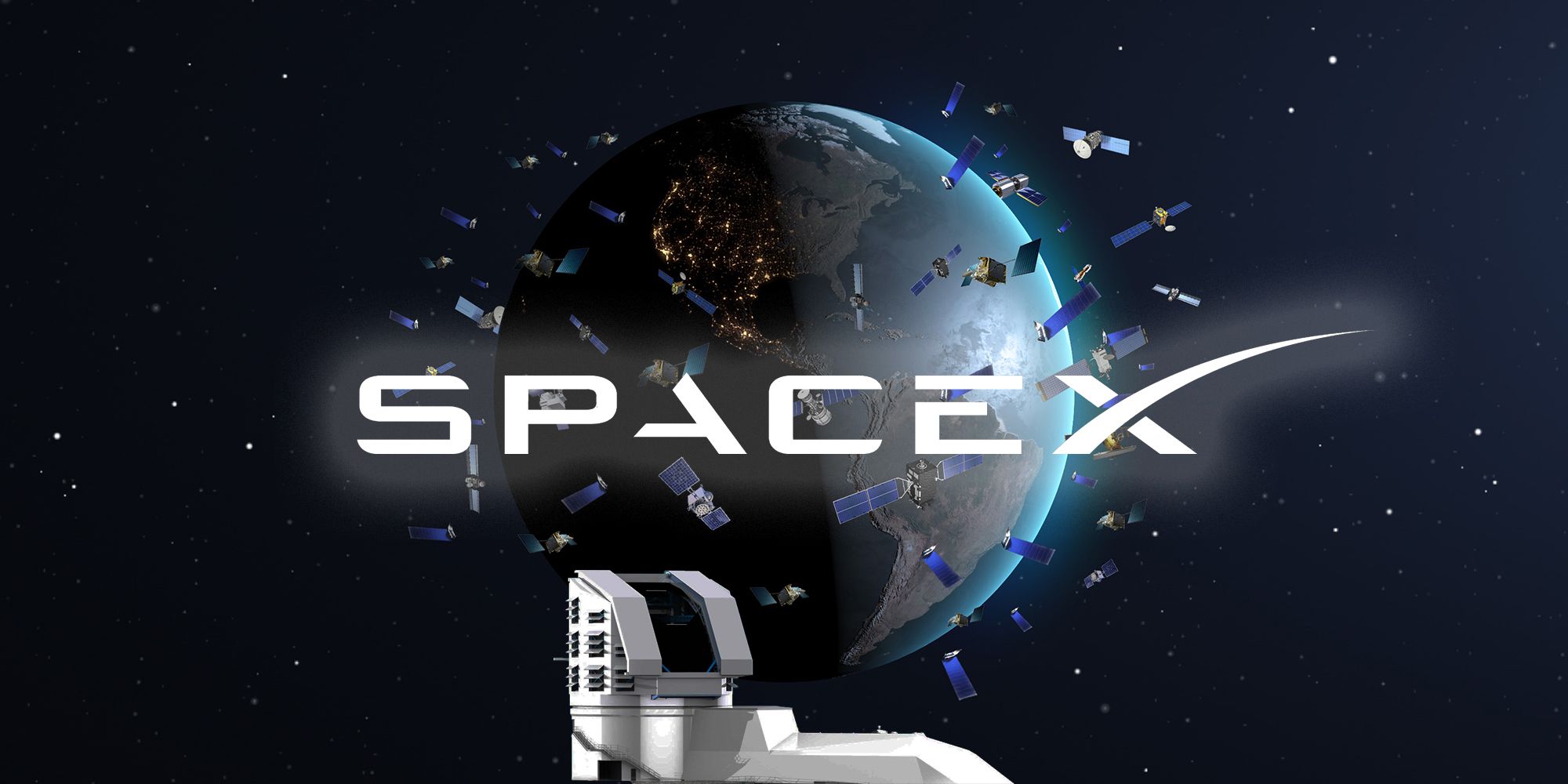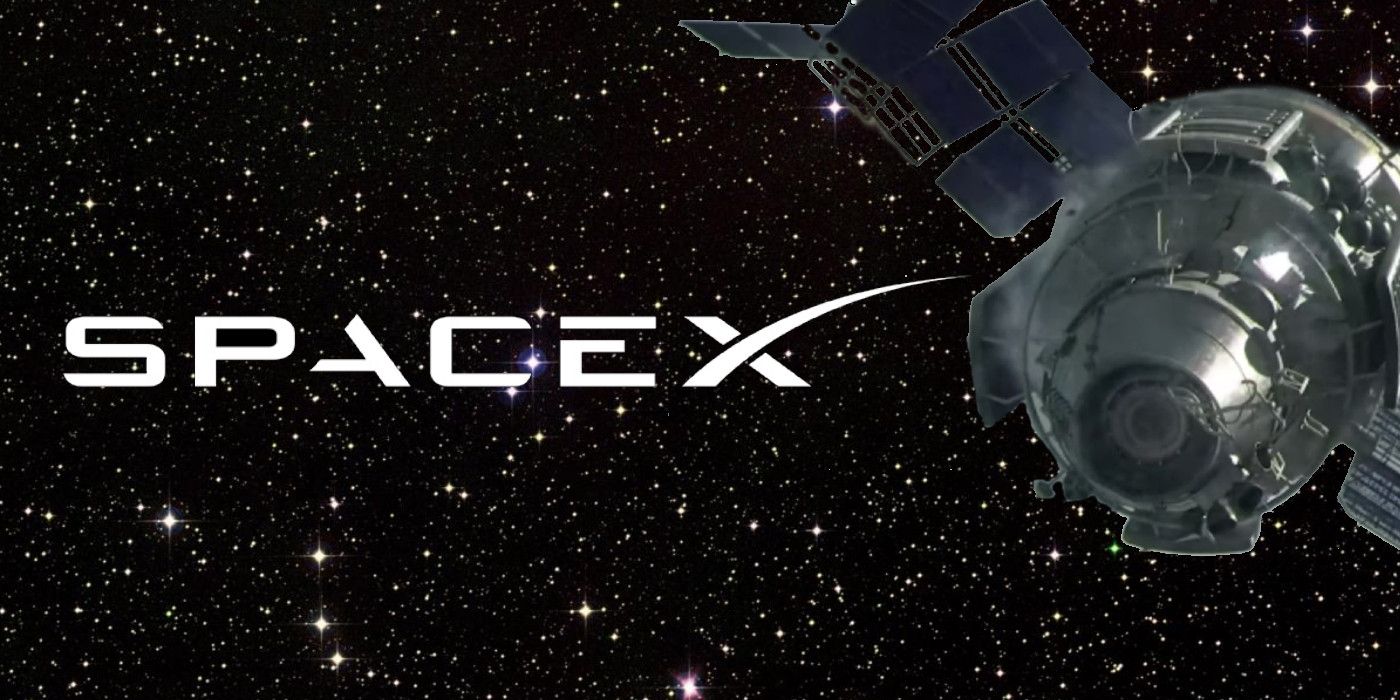A recent report compiled by over 250 experts in the global astronomical community has concluded that constellations of internet satellites in low Earth orbit (LEO) like SpaceX's Starlink Network will fundamentally change the future of stargazing for ground-based optical and infrared astronomy, and possibly the overall look of the planet's night sky. The report is the outcome of the recent Satellite Constellations or SATCON1 virtual workshop, organized together by the National Science Foundation (NSF) and the American Astronomical Society (AAS).
Constellations of LEO satellites like Starlink are designed to provide communication services to less developed and remote areas. Recognizing and supporting this goal, astronomers have begun to engage in cooperative and constructive conversations with satellite operators like Elon Musk and SpaceX about how to achieve this without negatively affecting ground-based astronomical observations. The SATCON1 workshop is the most significant step in this ongoing discussion. In May 2019, SpaceX launched its first batch of 60 Starlink communication satellites, initially surprising many astronomers by how bright they appeared in the night sky. Over a year later, experts have finally accumulated enough observations of constellations like Starlink to run simulations of their potential impact when fully deployed. SpaceX has since launched nearly 600 satellites with plans to send 12,000 into orbit to complete the Starlink network.
According to the SATCON1 report on the AAS website, the growing number of low orbit satellites is affecting astronomer's other technologies in ways they had not anticipated nor prepared for. In a previous astronomy conference in 2010, astrophysicists recommended a specific ground-based observatory as the best location to invest in new camera technologies such as wide fields of view on larger infrared telescopes. These technological developments will have telescopes at this observatory online within the next decade, and will (hopefully) provide some of the most thorough and substantial enhancements to how we view and understand our cosmos. Unfortunately, the growing number of LEO satellites poses a threat to these observations, as they will likely pass through the telescope's camera field and affect its view on faint celestial objects never captured before. Luckily, astronomers and satellite operators are both aware of the situation and are working together to find solutions that can make the sky work for everyone.
The Future Of Earth's Night Sky
While astronomers and astrophysicists are only a year into troubleshooting the impending issue of satellite traffic interrupting ground-based telescopes, the SATCON1 workshop has already come up with two major findings, along with several potential solutions. One important factor to note is that astronomers cannot simply move these advanced telescopes to orbit above the satellite constellations. Ground-based astronomy will remain relevant because the maintenance, expense, and instrumentation make such facilities near impossible to operate from space. The first finding is that LEO satellites will disproportionately affect programs that require twilight observations such as searches for Earth threatening asteroids. Although during twilight, the Sun has set on the horizon for the observers on the ground, it still illuminates the satellites at higher altitudes. So if Starlink satellites were to remain below 600 km, astronomers would still be able to achieve an unobstructed view during the darkest hours of the night.
The report's second finding includes at least six solutions to mitigate the affect of satellite constellations on astronomer's research. One solution is to launch fewer or zero LEO satellites. Given that the launching process is already underway, this seems unlikely. Secondly, deploy satellites no higher than 600 km, keeping them out of the Sun's light for a portion of the evening. Another proposed solution is to darken the color of the Starlink satellites or use sunshades to avoid reflecting the Sun's light. Similarly, experts propose controlling each satellite's orientation individually to reflect as little light on Earth as possible. The last two suggestions are to work to minimize satellite trails on astronomical images and to share more satellite orbital information with astronomers so they can avoid pointing a telescope at them.
It's hard to argue that a satellite based network is not the way Earthlings will surf the web in the future. The NSF and AAS won't even disagree. However, there will need to be continued conversations, workshops, and scientific strategies in place from both satellite operators like SpaceX, as well as the global astronomical community.
Source: American Astronomical Society


